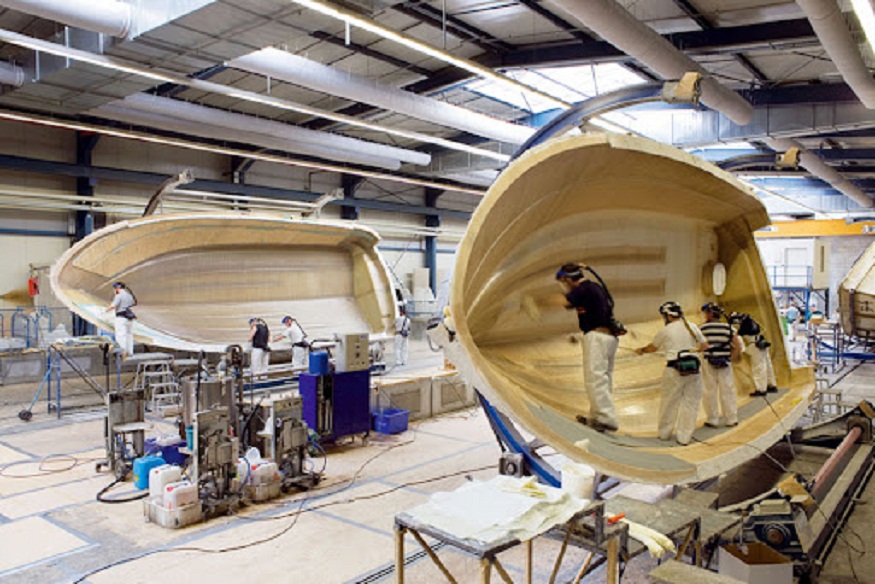 Fiberglassing is one of the methods that many pond constructors employ to develop long-lasting, waterproof surfaces in the ponds. It is prized for its performance of offering heavy-duty protection against leakage and wear for a long while at the same time has a non-porous surface that is easy to clean. If you are building a water garden pond or just enhancing an existing one, fiberglassing is a strong tool for enhancing the stability of your pond to last for many seasons. Below is an article to help those involved in pond construction particularly those interested in using fiberglass on how to do it professionally.
Fiberglassing is one of the methods that many pond constructors employ to develop long-lasting, waterproof surfaces in the ponds. It is prized for its performance of offering heavy-duty protection against leakage and wear for a long while at the same time has a non-porous surface that is easy to clean. If you are building a water garden pond or just enhancing an existing one, fiberglassing is a strong tool for enhancing the stability of your pond to last for many seasons. Below is an article to help those involved in pond construction particularly those interested in using fiberglass on how to do it professionally.
Essential Tips for Pond Builders
- Surface Preparation is Key: For fiberglassing the surface has to be well prepared to avoid the pull out of the material. First of all, wash the structure of a pond so that the water will not become dirty by some dirt, dust, or oils. It may also be necessary in some cases to roughen the surface of concrete ponds slightly so that the fiberglass bonds well with this surface. In the case of other surfaces, they should be clean from substances such as grease or mold that may hinder the function of the chemical compound in the resin.
- Choose the Right Fiberglass Resin: It is, therefore, very important to choose the most appropriate resin in a fiberglassing project. The most preferred pond fiber glassing agent is polyester resin since it is cheap, strong, and perfect for the task. Nevertheless, if your pond is in a very severe climate or needs more strength for longer periods, you can use epoxy resin as well because of its waterproof characteristics.
- Apply Multiple Layers: To optimize the strands for strength and waterproofing purposes, several layers of fiberglass mat or cloth should be applied. Apply a layer of Resin then spread the Fiberglass Mat on it, and subsequently pour over the Resin on the Mat. Do the same thing again to get better and ideal consistency for the filler and to avoid a thin layer of plaster forming on the wall surface. Each adds reinforcement to the subsequent ones and guarantees that the upper covering is smoother with fewer joints that might be penetrated by water and other elements.
- Smooth Out the Finish: Depending on the job, you may find that the finished fiberglass has some rough or even low areas after the fiberglass has been set up. The surface will also look much better after sanding and there will be no opportunity for dirt and algae to cling to rough edges. Subsequent to sanding you can apply a gel coat to produce a shiny and smooth surface.
- Curing Time: Fiberglass needs to be let to cure for some time before it becomes set. When it comes to the curing time please ensure you adhere strictly to the manufacturer’s instructions we do not recommend rushing this stage. If curing is not done properly there might be some weak areas or delamination at some point.
Conclusion
Fiberglassing is a professional and efficient way of pond construction for pond builders to provide them with watertight, long-lasting, and attractive ponds. Fiberglass gives you the tools as well as the knowledge to develop a pond that is going to last in your backyard. As a result of the tips mentioned above, your fiberglassing project will be successful and afford clients a long-lasting, low-maintenance water feature that will remain visually appealing for years.



